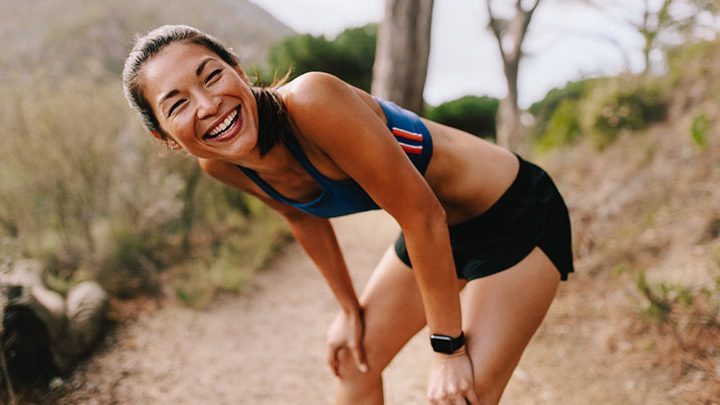
How to avoid a running knee injury
Amateur and professional athletes often jog or run to improve their fitness, to maintain or lose weight, and of course to stay healthy. The effects of jogging and running on knee injury relating to osteoarthritis are somewhat controversial – some large studies have shown benefits, in terms of running actually reducing the incidence of hip and knee osteoarthritis. This is mostly due to a lower BMI (body mass index). Other smaller studies even seem to show that short distance jogging and running may reduce inflammation in the knee joint. So while the jury is still out as to whether running is good for your knees or not, here are some tips to ensure that you get the benefits, and not the possible knee injury!
USE the OMH exclusive code "HEALTH15" to Save 15%How can you take care of your joints and knees when running?
- Wear the right running shoes that support your feet correctly.
- Warm up before and stretch after exercise.
- Cross train to strengthen the muscles which support your joints.
- Don’t over-train – avoid the “too much too soon” scenario.
- Lose weight in order to reduce the impact on the knee joints.
Most runners have experienced some sort of knee pain at some point, especially during the beginning of the running season as they “cold start” after a winter. This is possibly why spring is especially busy for physiotherapists and orthopaedic specialists as runners that have had a hiatus through the winter, return to the track or take to the road once more to get into shape and reclaim their summer bodies!
Mostly a knee injury could easily be avoided by following a simple regimen of strength training through winter, stretching, starting slowly and setting realistic training goals. An excellent start would be to reward yourself upfront by throwing out the old trainers and investing in a new pair of running shoes. Too many runners start the season with worn out shoes that have hit far too much pavement or trail during the last few years. It’s akin to not replacing the shock absorber in your car and expecting the performance to remain the same. You’re starting at a disadvantage and putting your joint health at risk.
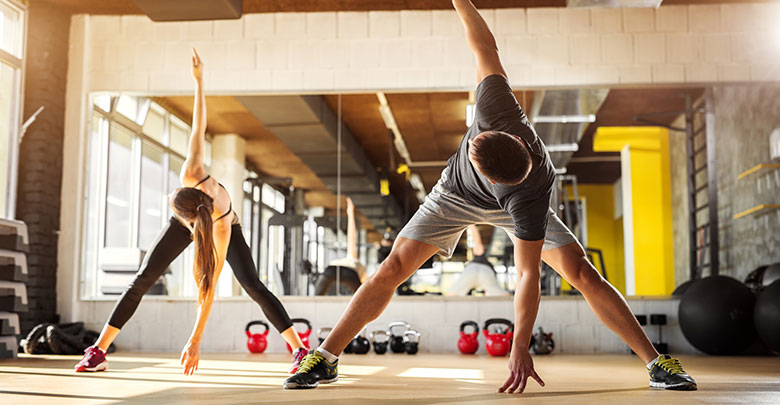
What is a common running knee injury?
Runners knee and iliotibial band (ITB) syndrome are probably the most common injuries that occur in runners and sports people. ITB syndrome is inflammation of the tendinous tissue that runs along the outside of the thigh, and attaches to the outside of the knee.
The term “runners knee” is a bit of a misnomer as it can occur in any sport! Runners knee is a general term covering any patella-femoral pain (pain in front of the knee and around the knee cap). Patella-femoral pain can occur due to inflammation of the cartilage behind the knee cap (patella) or inflammation of the patella tendon (the tendon just below the knee cap). It can also be due to inflammation of the fat pad (the pads of tissue below the knee cap). All causes of patella-femoral pain are related to poor joint biomechanics and muscle imbalances.
Both conditions are easily preventable though follwing the following 5 tips…
1. Wearing the right running shoes to improve your joint biomechanics and provide adequate support
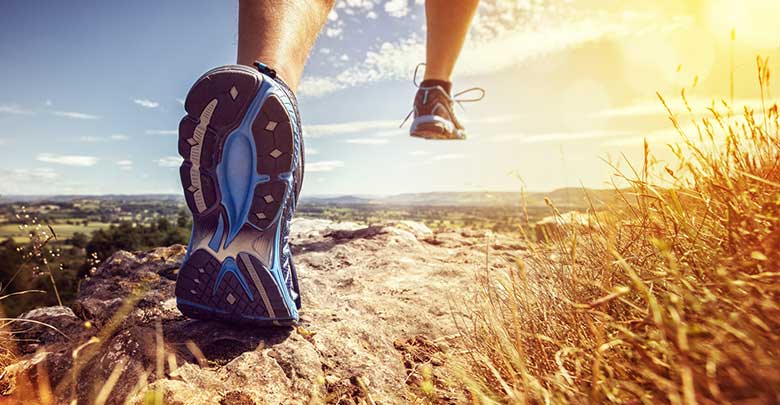
Your good running shoes are unfortunately often not your best “fashion statement” – you may not think that they’re the nicest looking shoes, but your knees will be much happier if your possibly poor foot biomechanics have been corrected/supported. It is worth going to a reputable running shoe store and getting an expert to fit you properly, and to have an expert watch you run in the shoes before you buy them. A podiatrist is the ultimate expert in correcting foot biomechanics and so you may possibly need to consult a podiatrist, and have customised inner soles made – especially if you have a history of lower extremity injuries.
2. Warm up before and stretch after exercise
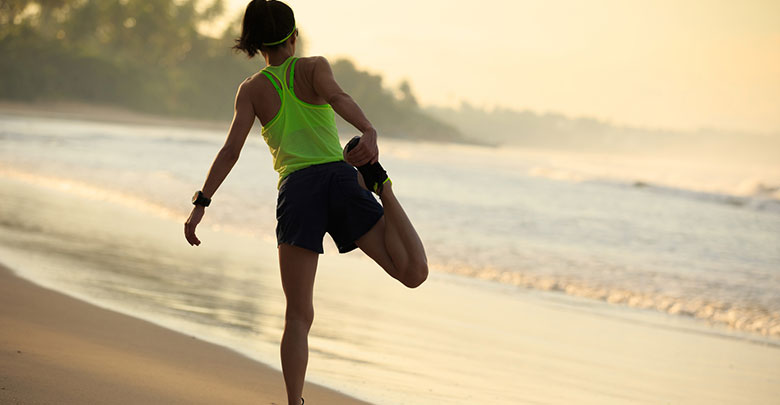
Warming up prepares your muscles for more strenuous activity. Walk, do a few squates, swing your arms in circles backwards and forwards, do some upper body rotations, bend forward and touch your toes a few times, stand on one leg and do some hip openers… okay now you can run! After your run, use the time to cool down while you stretch those nice warm muscles. Focus on stretching your back, buttock muscles, hamstrings, quads and calves.
3. Cross train to strengthen your joints

Runners tend to focus on running. However runners can greatly improve their performance, and reduce their risk of knee injury – and other injuries – by including strength training. Running definitely has its advantages, however focusing on only one form of exercise can result in overuse injuries and muscle imbalances. It is important to train all parts of the body and remain in balance. Choose a discipline you enjoy and which you can stick to – and do through the winter – whether it’s Pilates, Yoga, CrossFit, or a gym programme . As a runner you will benefit the most from a programme which strenghthens your core (which includes all the muscles around your pelvis, abdominals, back and shoulder stabilsers) and combines many movements which use more than one joint – for example squats, lunges, planks, push ups… there are endless functional exercises which you can do to enhance your running performance. These exercises will not only decrease your chance of injury, but will also enhance your fitness, keep it fun by mixing things up and help you to keep feeling motivated and strong.
4. Avoid over training
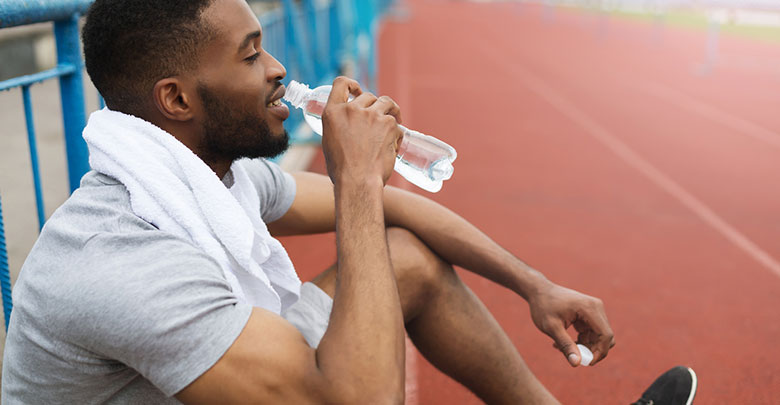
Starting the new season should not mean immediately starting with long runs – especially not if you’ve been a couch potato all winter. The best is to maintain your strength and cardio fitness through your non-running season by cross-training! Build up your running mileage gradually, with a reasonable goal-directed training plan. Often, runners take on too much distance too soon, resulting in strained muscles, tendonitis or joint injuries. Start out slowly in the first few weeks – gradually build up your cardio fitness and muscular endurance. Once you have a stable platform, you can start increasing your weekly mileage.
If you’re increasing your mileage, make sure to have enough rest days – at least 2 per week. Try to maintain the golden rule of adding no more than 10% per week to your mileage. If you are training for an event, it is best to start early – preferably at least 12 weeks beforehand. Don’t rush your training in an attempt to make up the mileage, as it may result in an injury from over training.
5. Lose weight, lower the strain on your knees

Weight is one of the major contributors to knee injuries as each extra kilogram carried exerts four times the downward force on the knee joint when running. That is a huge amount of impact! This also means that for every kilogram of excess body weight that you lose, you will significantly reduce the impact and downward forces through your knee joints, and that will reduce your chance of cartilage damage and other injuries.

We have other great recipes about different healthy meals in order to maintain or if necessary reduce your weight. Check them out our Free Anti-Inflammatory Diet too!
Incorporating all these elements into your running programme will have a hugely beneficial effect on your running and athletic performance, and will also dramatically reduce your chance of picking up injuries.